Regular readers know I sometimes like to cover books that are not necessarily comics but do have their own unique point of view on the power of the visual medium. Manipulation of the media for ideology or spreading specific viewpoints is nothing new in this day and age (here’s looking at you, Fox News Channel), but one of the more fascinating books to be published on the 100th anniversary of WWI was Shooting Range – Photography & The Great War. Its premise is to ‘compose the actual journey of the photographs of The Great War through time and space, from the click of the shutter to the public’.
Unique in history, The Great War was the first large-scale combat to be recorded on celluloid and film. As technologies were still crude, often requiring subjects to either stand still or pose, there are practically no ‘real’ pictures of soldiers in action in the trenches, despite the seeming abundance of such pictures. More than 90% of WWI imagery was staged or manipulated by the higher-ups, since the camera was seen as an all-powerful tool in terms of propaganda.
Aside from the practical implications of standing still holding a large camera on the battlefield, it was not technically possible to create images of such speedy actions as going over the top because of the long shutter speed required. They could only show the before and after of a battle. Hand cameras were often carried illegally by soldiers, as it was forbidden to take pictures on the battlefield without an official permit, and it is only those pictures that can really be trusted.
This new means of communication was immensely popular on the home front, making it a perfect tool for spreading disinformation. Pictures in weeklies or dailies were often the only way of connecting with sons and fathers on the battlefield. Shooting Range asks questions about how these images were used and re-used as genuine weapons of war and presents the point of view from the audience.
It offers a fascinating inside look at how the medium was manipulated, analyzing extensively what was shown and what was omitted; what was real and what was staged. It sheds new light on public pictures and how they influenced the perception of what WWI was like for people watching from a distance, (relatively) safe at home.
With excellent production values, Shooting Range reproduces pictures, postcards, newspaper articles, photo diaries etc, all in an effort to trace back the origins and proper placement of photography within the disinformation campaigns of both the Allies and Germany. Its sections each feature a clear topic, such as leisurely pictures with soldiers posing with rats or in their home trench; enemies that have been captured looking deceptively at peace and comfortable; how dead bodies come into play later in the war, when morale was getting lower; and family pictures, where deceased soldiers are interposed on the picture of the family.
More often than not, the accompanying text provides some subtle manipulation, lending context that is not always representational of reality. For example, a picture that has the caption ‘Daring British soldiers going over the top’ fails to disclose that the picture was taken on a practice range with the soldiers facing no danger whatsoever.
Shooting Range: Photography and the Great War is an immense and exhaustively researched document. It reminds us of the power of the visual medium. Its capacity to influence and shape the reality of events knows no bounds and reinforces the essential need for freedom of speech so that the public can make up its own mind, unencumbered from the agendas of the elite. It reminds us why there was so much protest following the Charlie Hebdo murders and as such is still a powerful document in contemporary times. Highly recommended.
Shooting Range – Photography & The Great War, by various authors, is published by AsaMER. It is a 224-page full-color soft cover retailing for €39. It is available in English and Dutch. This review was based on the Dutch edition.
This publication came about under the editorial guidance of Inge Henneman, and was released on the occasion of the eponymous exhibition held at FoMu, Antwerp, Belgium, from June 26th to November 11th, 2014. All images accompanying this article are copyrighted by Mer.PaperKunsthalle.





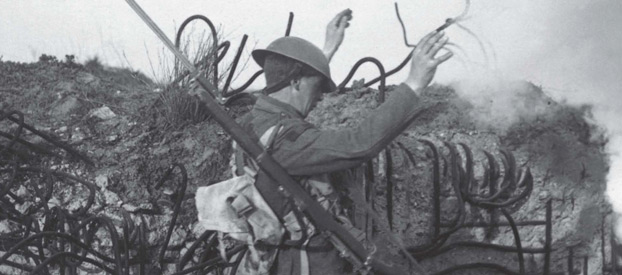
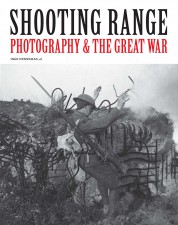
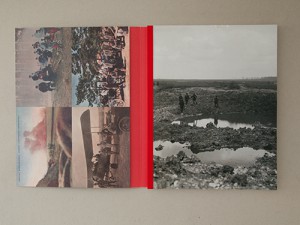
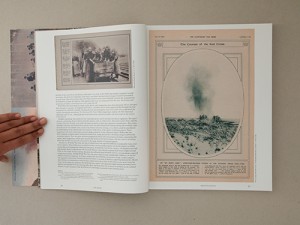
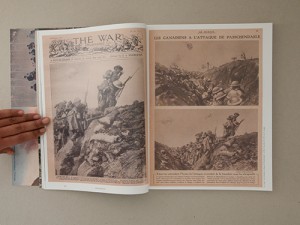
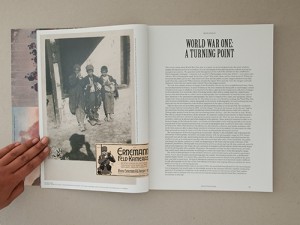
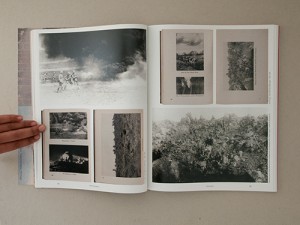

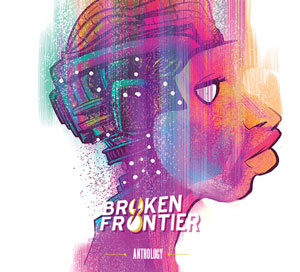

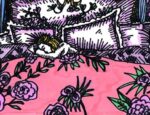
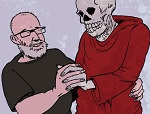

[…] the museum was featuring exhibits of photos from Nepal and South America, but I was enthralled by Shooting Range, which examined the use of the camera as both a documentary instrument and a propaganda weapon […]